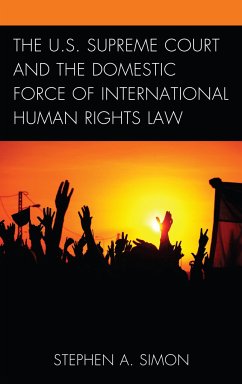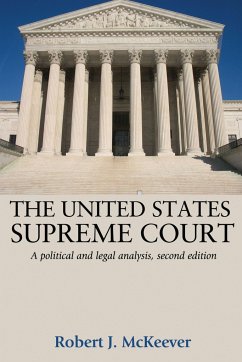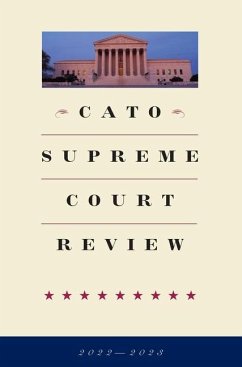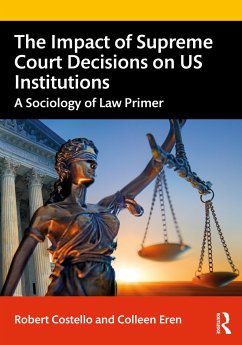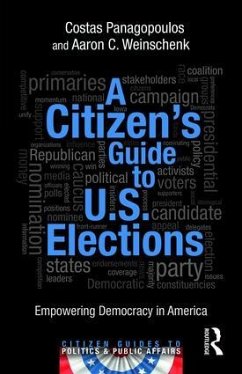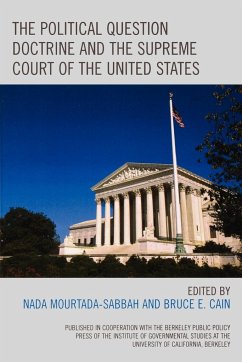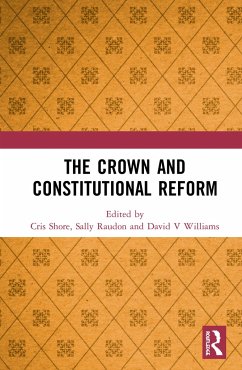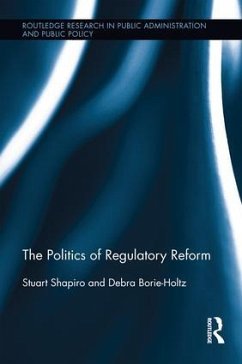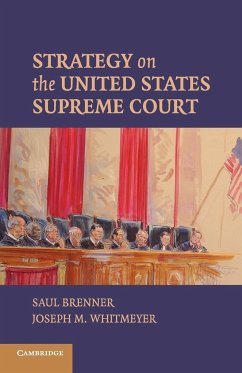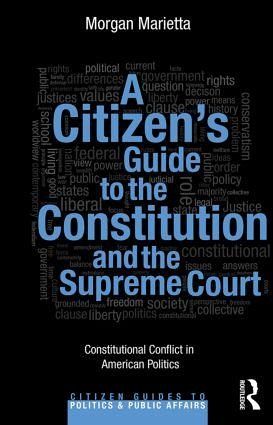
A Citizen's Guide to the Constitution and the Supreme Court
Constitutional Conflict in American Politics
The U.S. Constitution is a blueprint for a free society as well as a source of enduring conflict over how that society must be governed. This breezy, concise guide explains the central conflicts that frame our constitutional controversies, written in clear non-academic language to serve as a resource for engaged citizens, both inside and outside of an academic setting.






